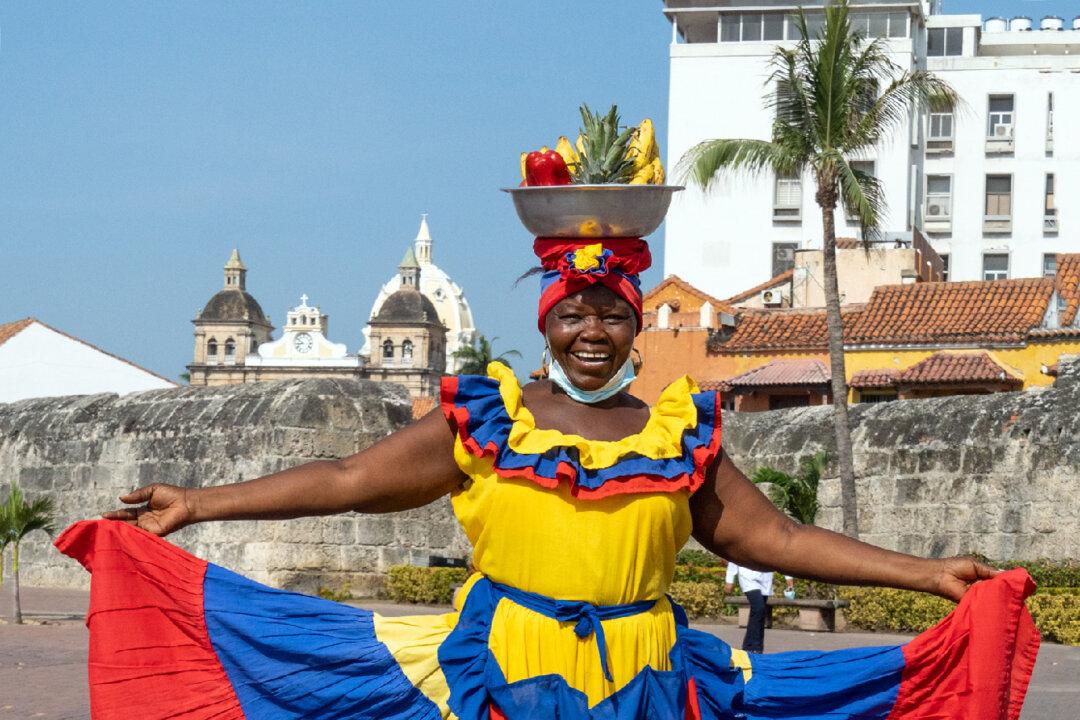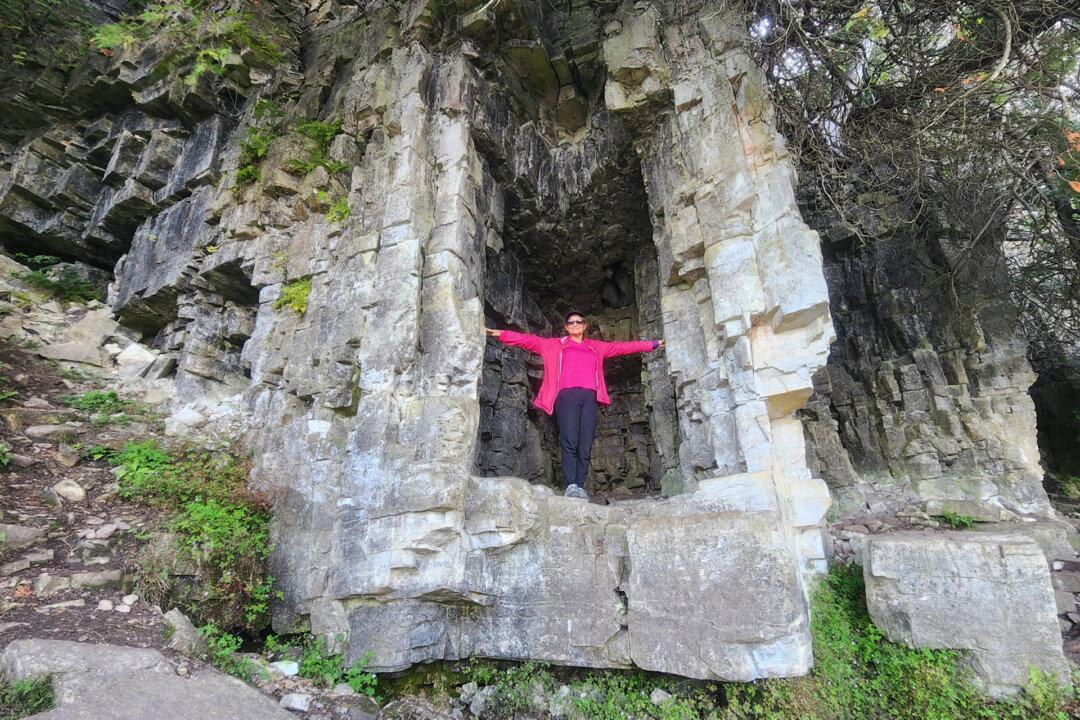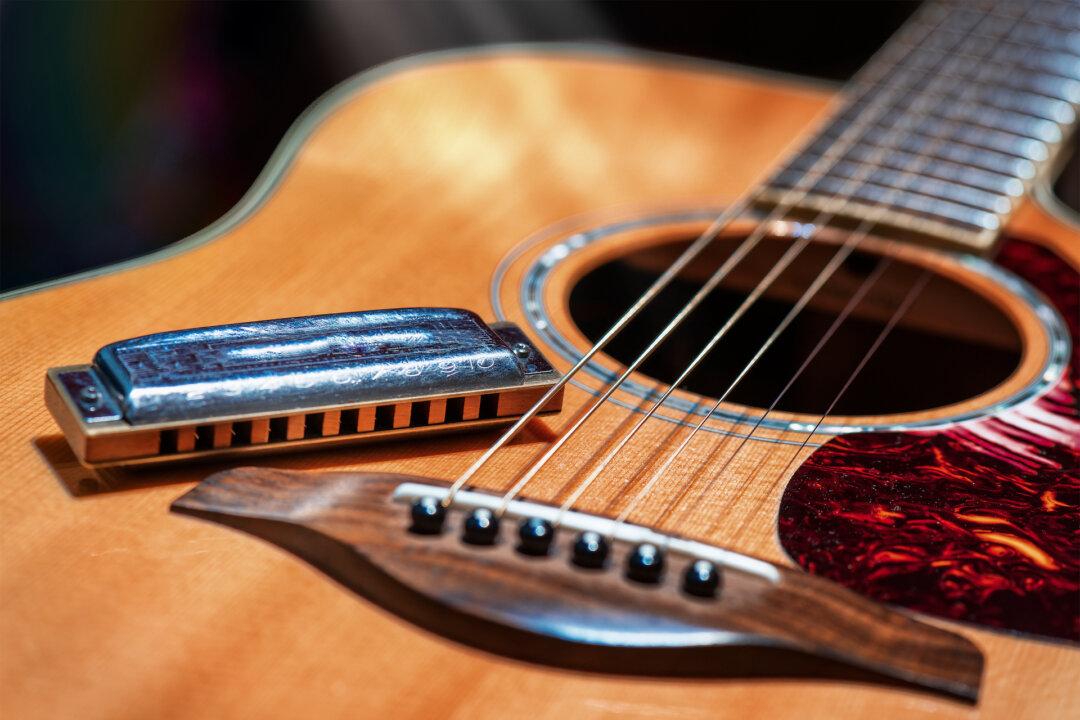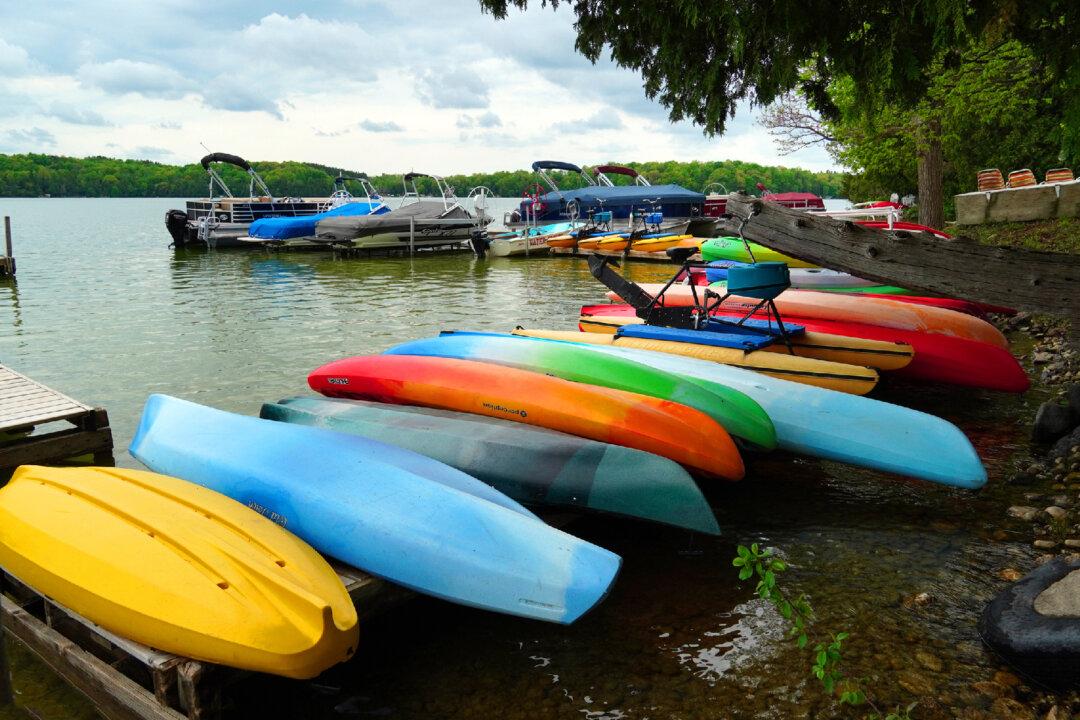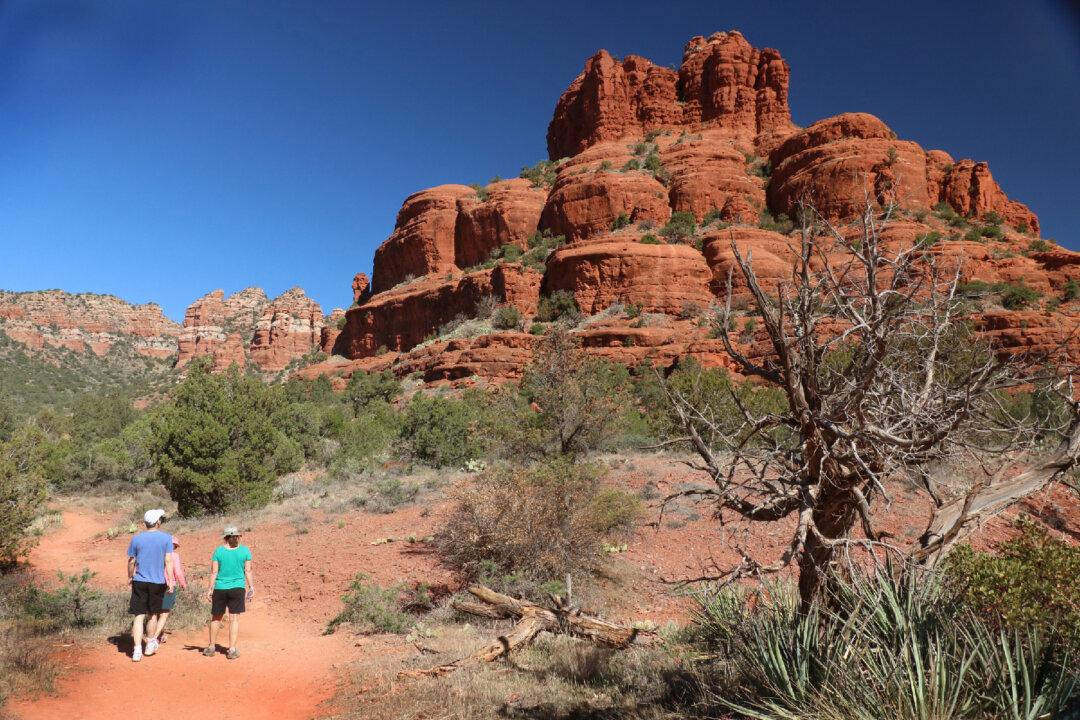America’s emergence from pandemic restrictions has resulted in record levels of interest in travel in general and cruising in particular. But many travelers continue to worry about the potential health risks in this unpredictable post-COVID-19 period. Perhaps an account of the 15-day Panama Canal Cruise my wife, Sharen, and I recently took with Holland America will help to put their minds at ease.
The cruise started in Fort Lauderdale, Florida, and ended in San Diego, California, with ports of call in Colombia, Costa Rica, Guatemala and Mexico. We shared the 2,200-passenger Eurodam with about 1,000 people, mostly over the age of 60.

